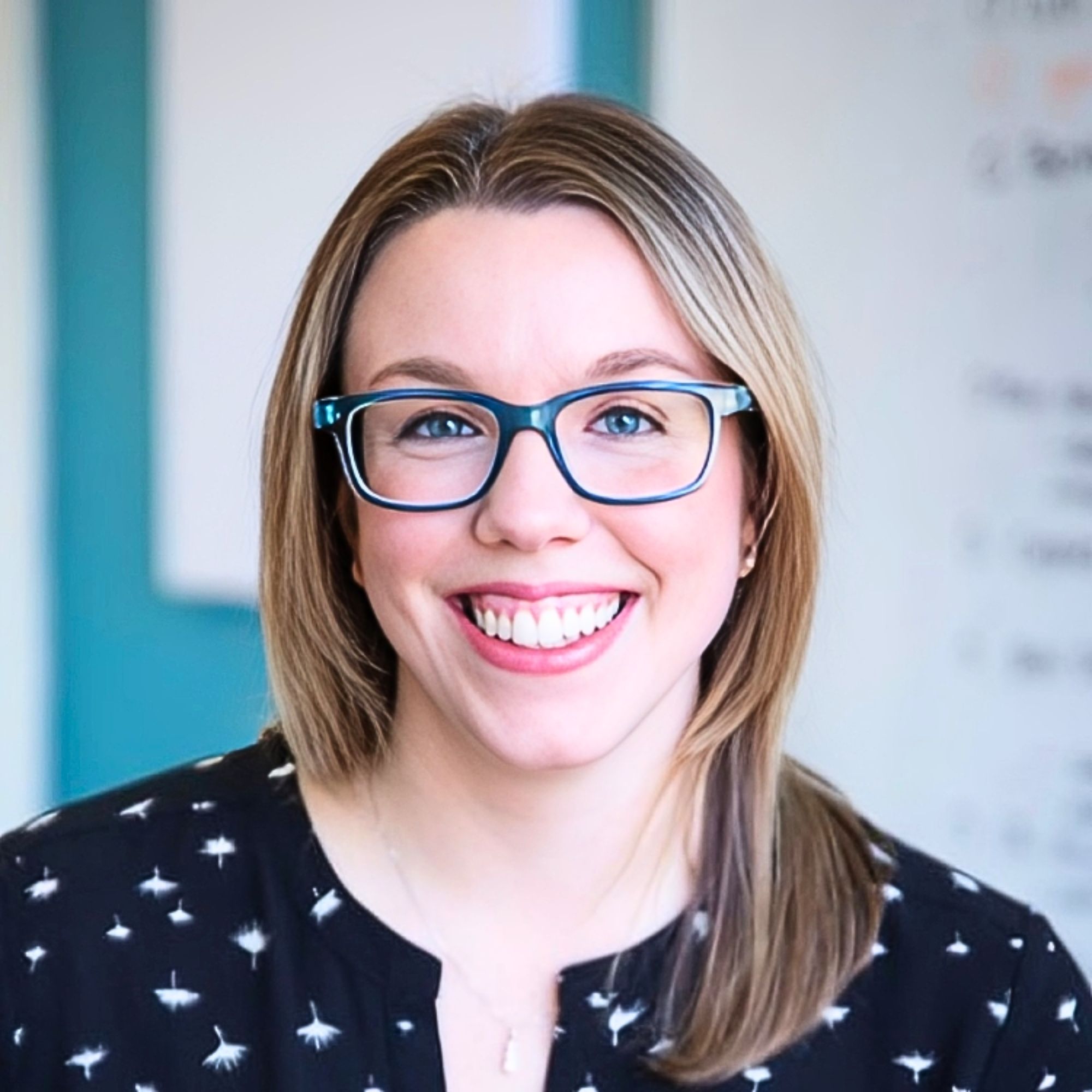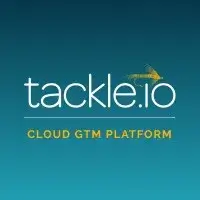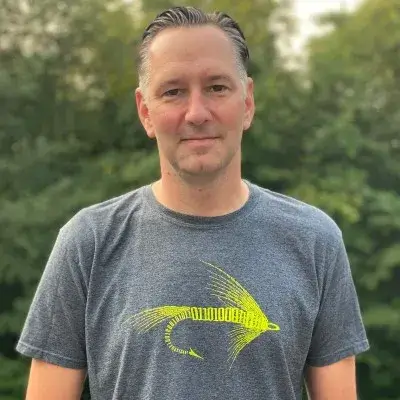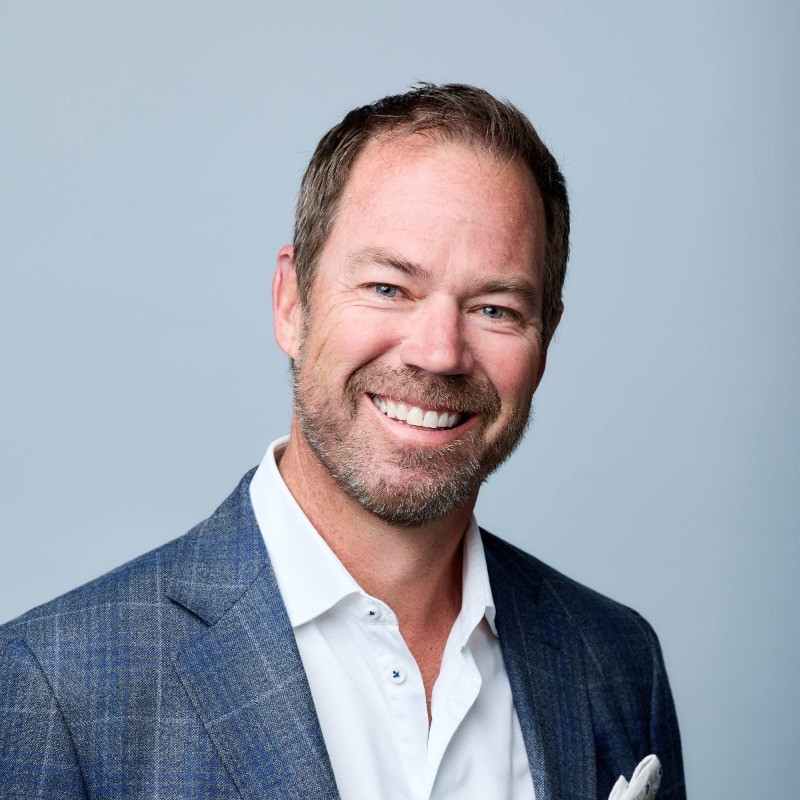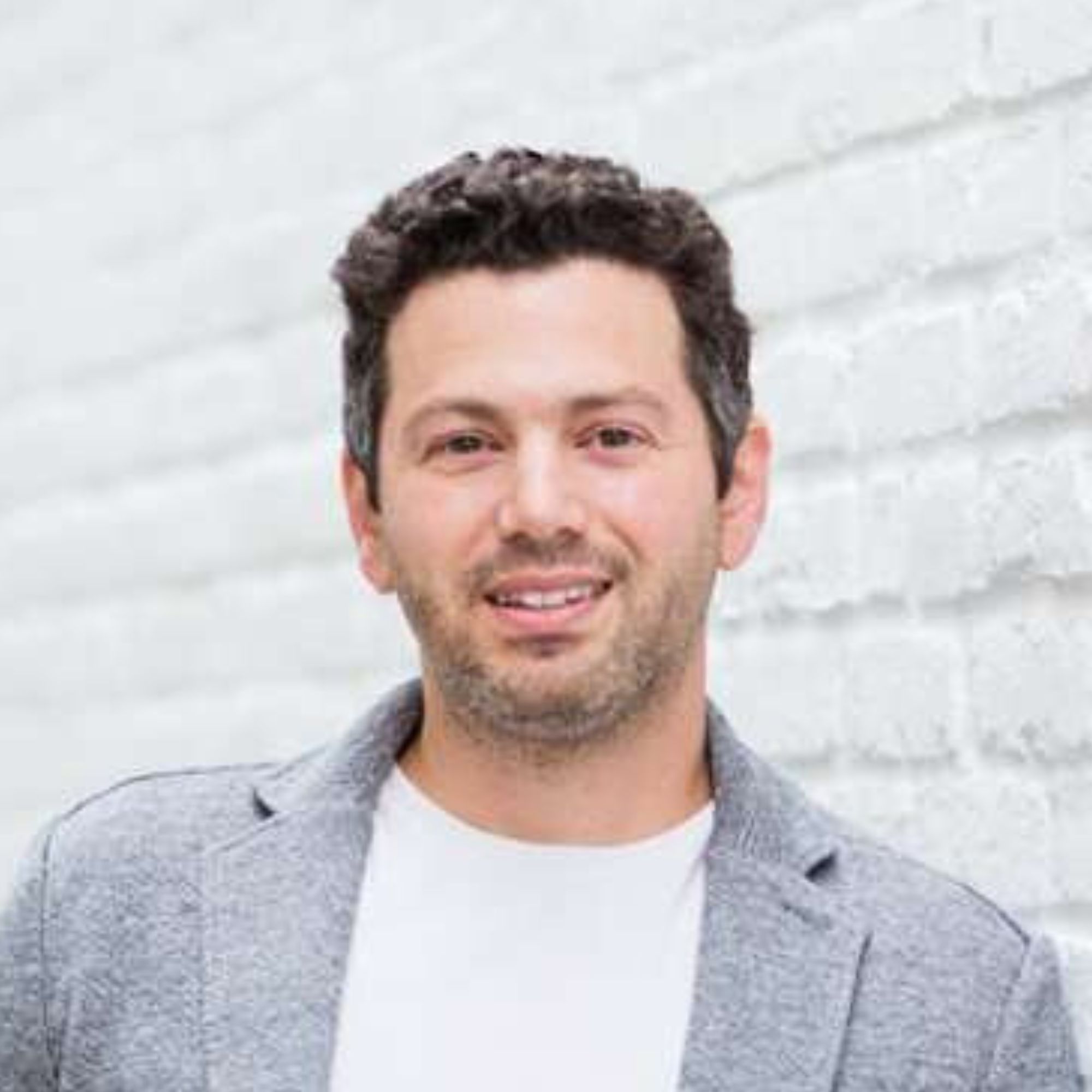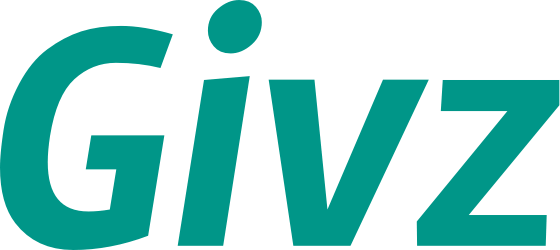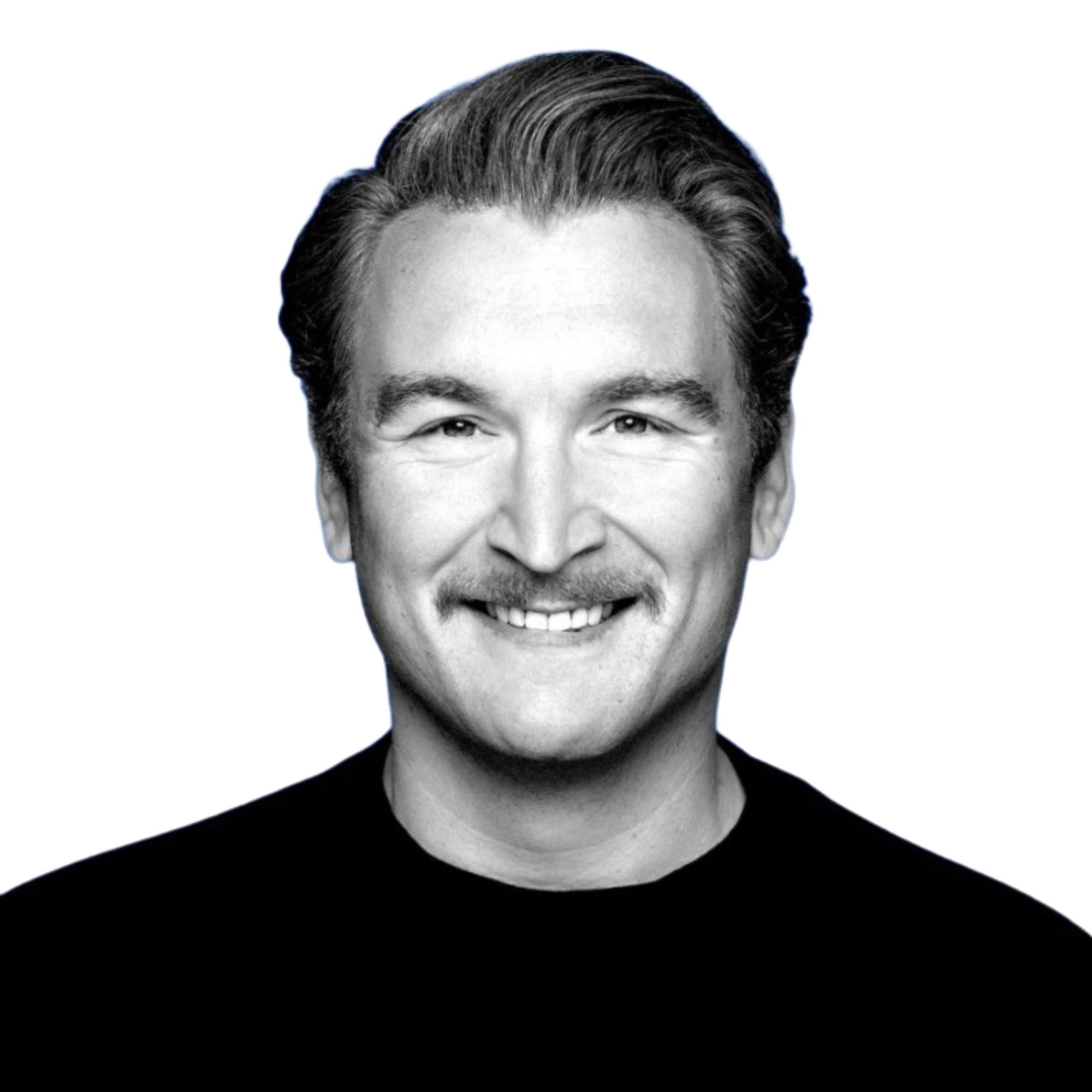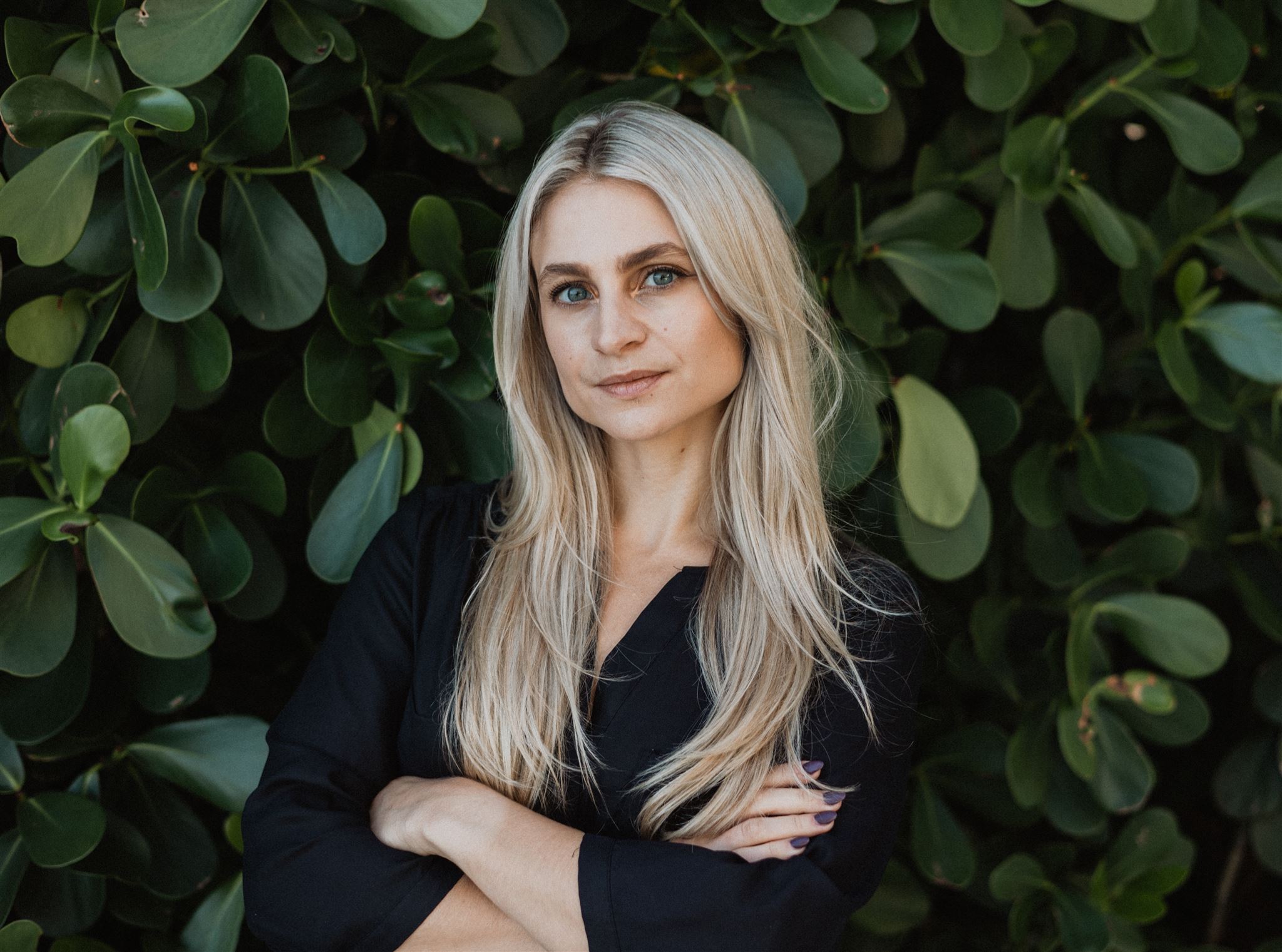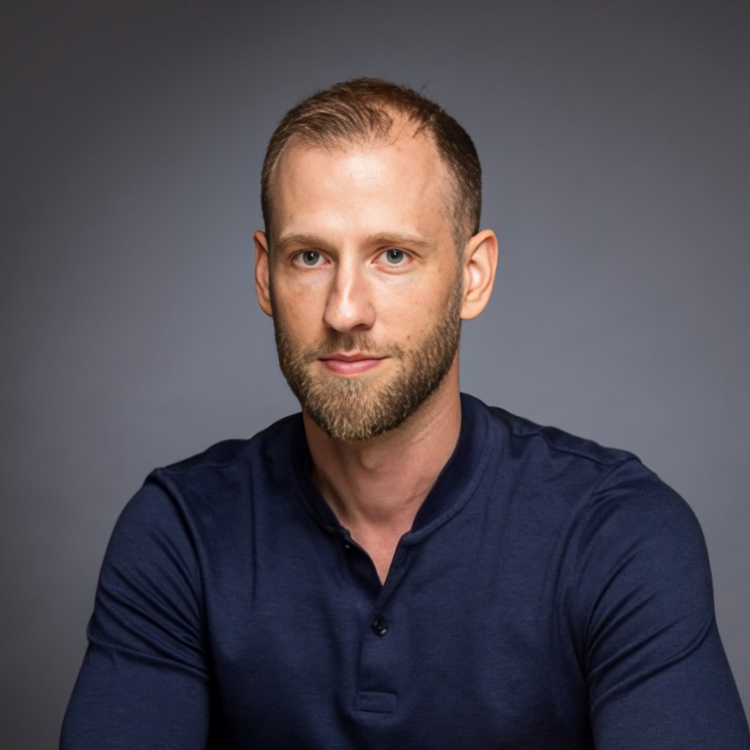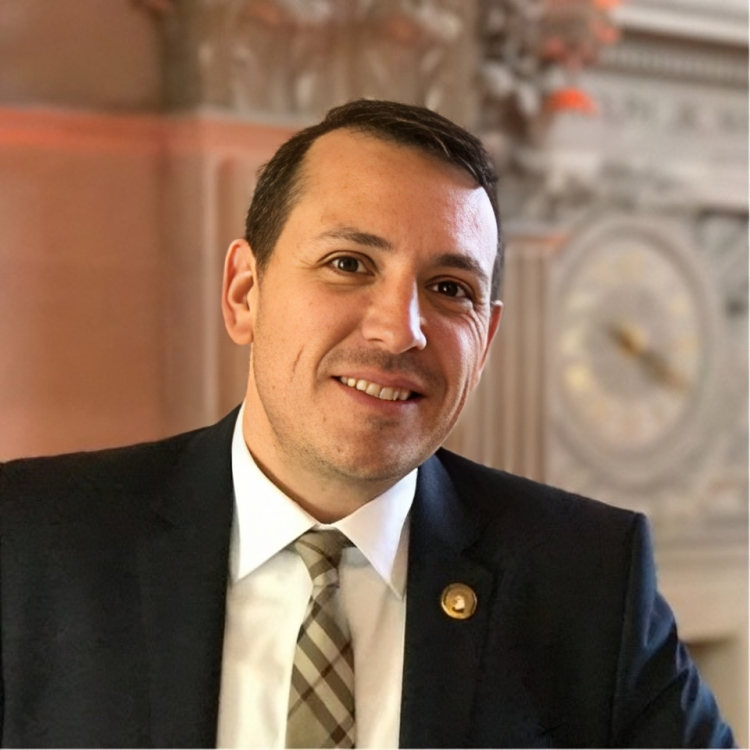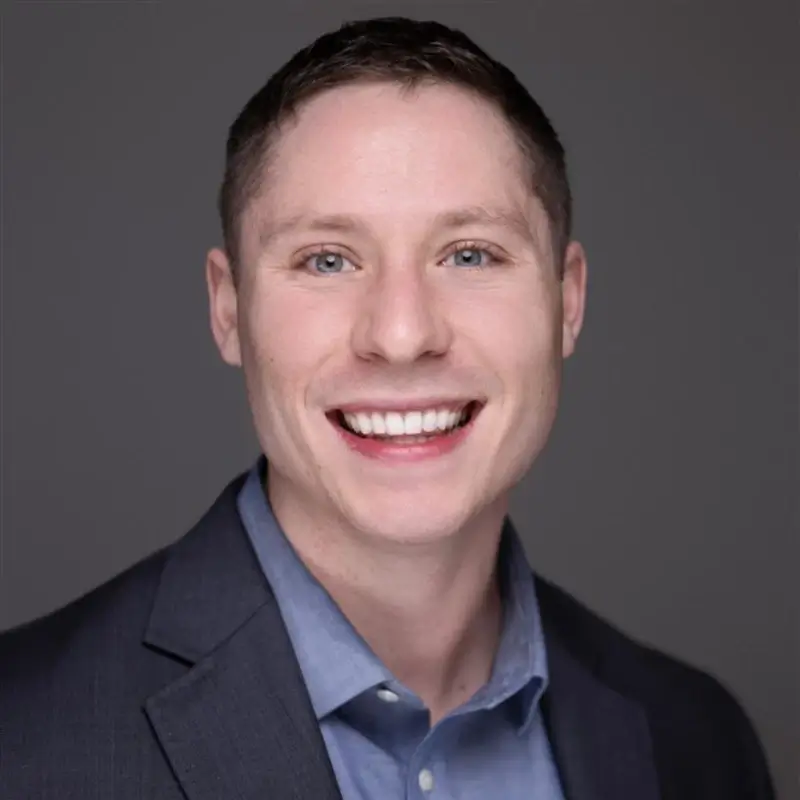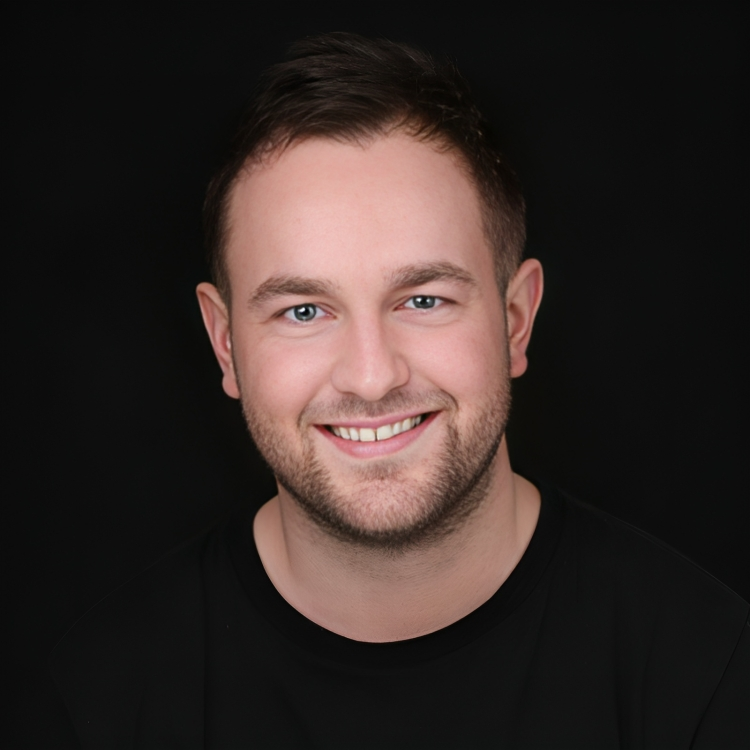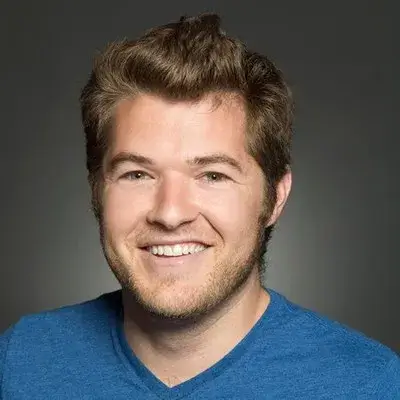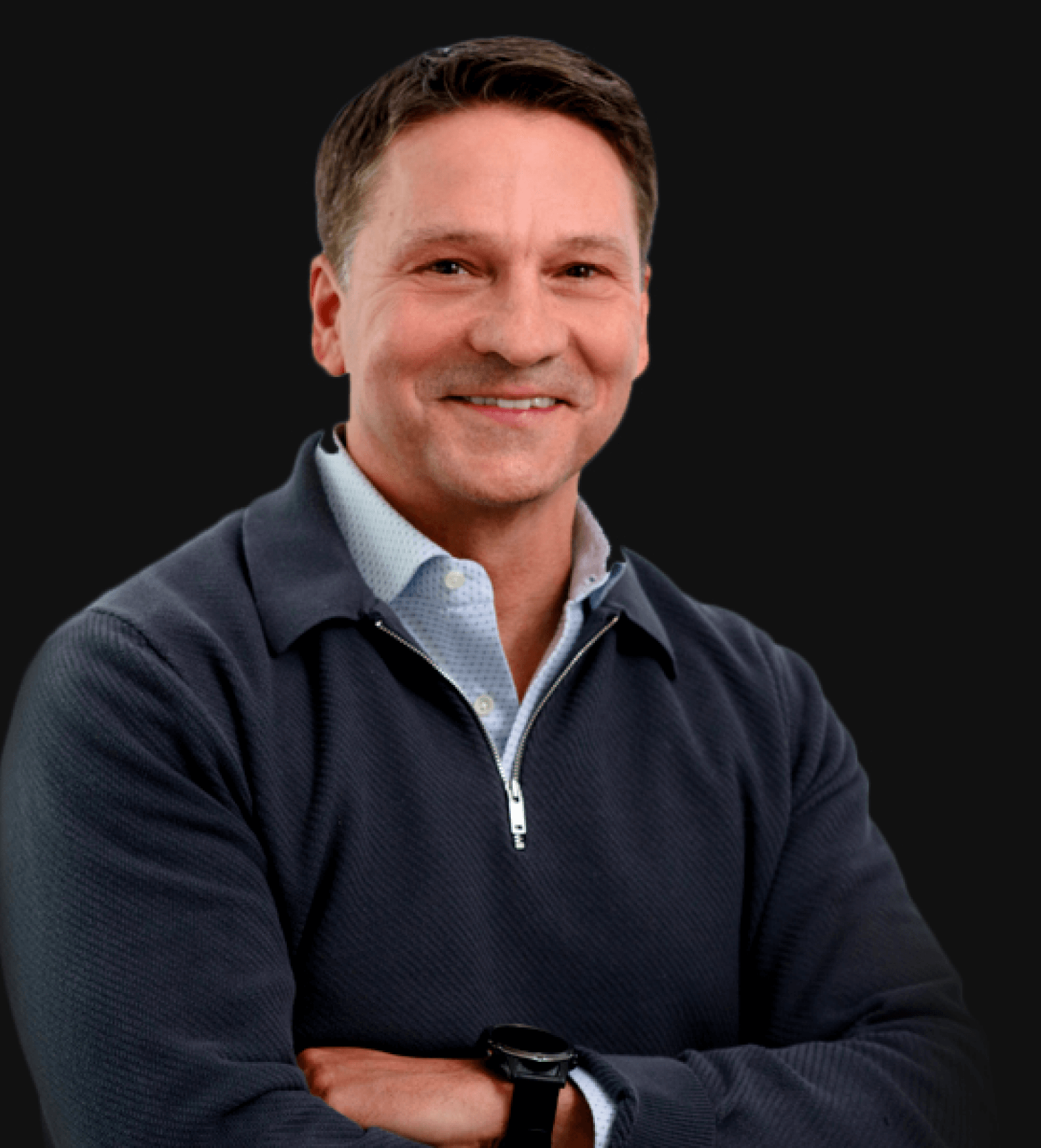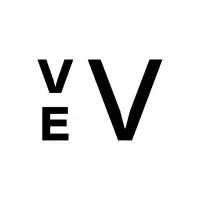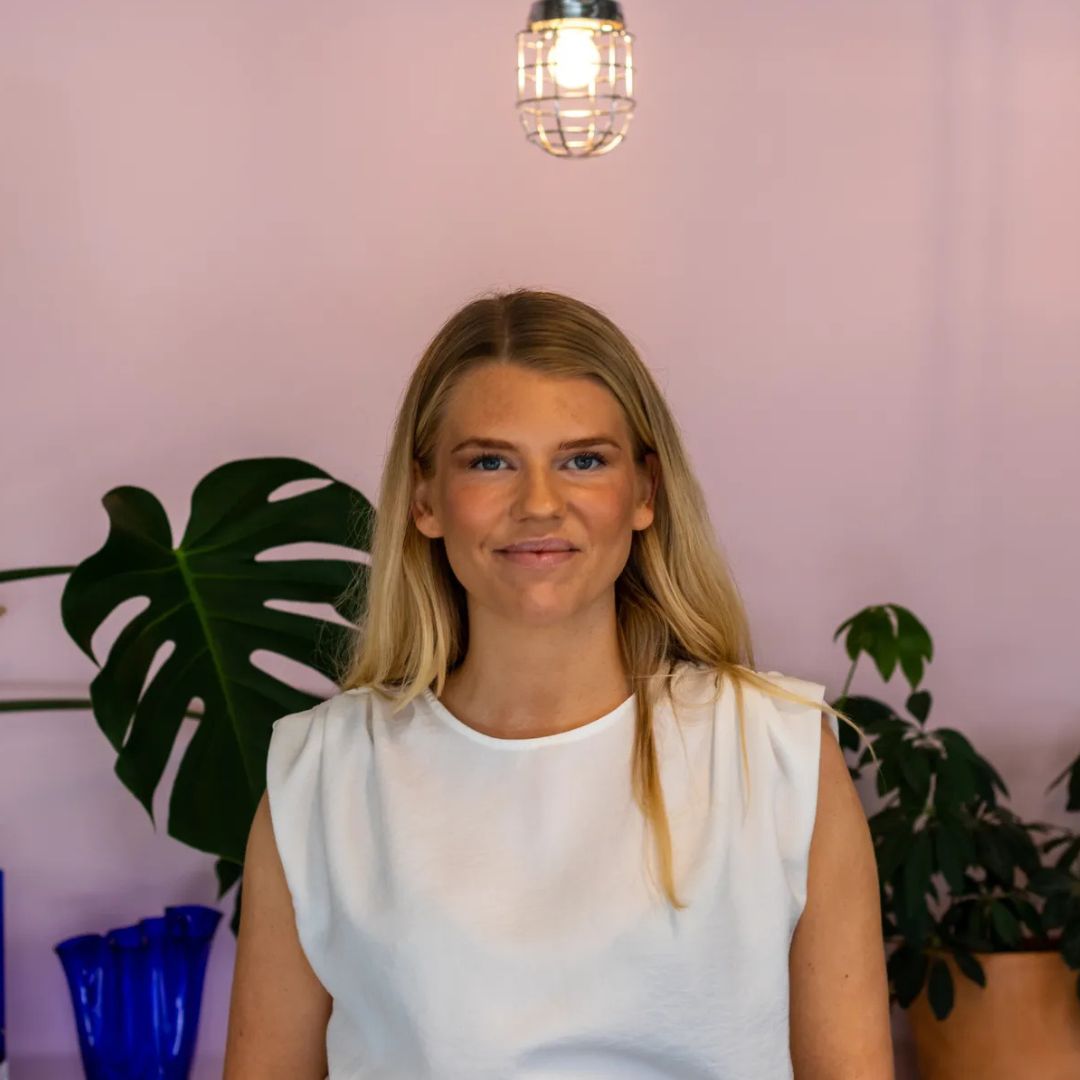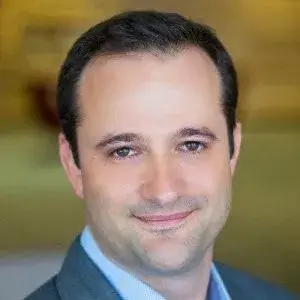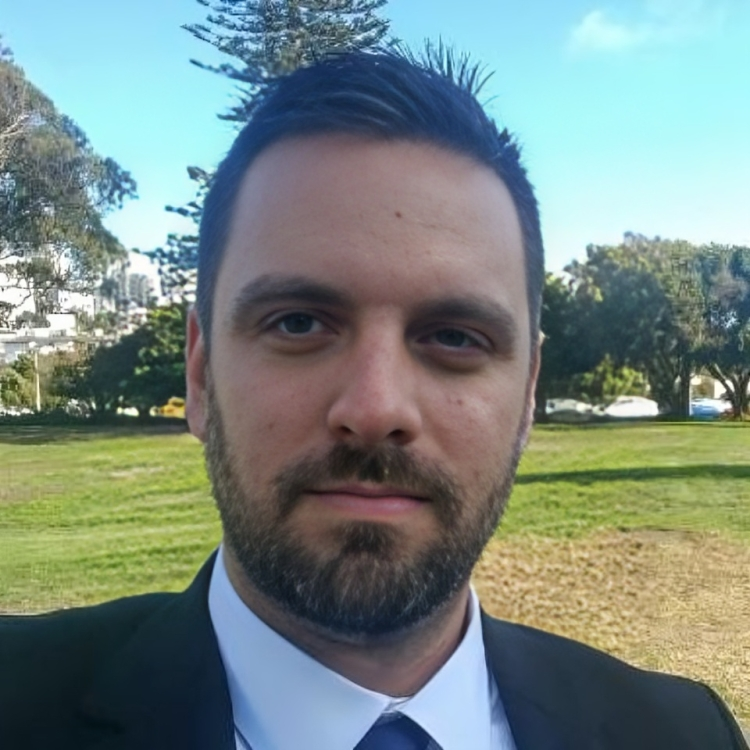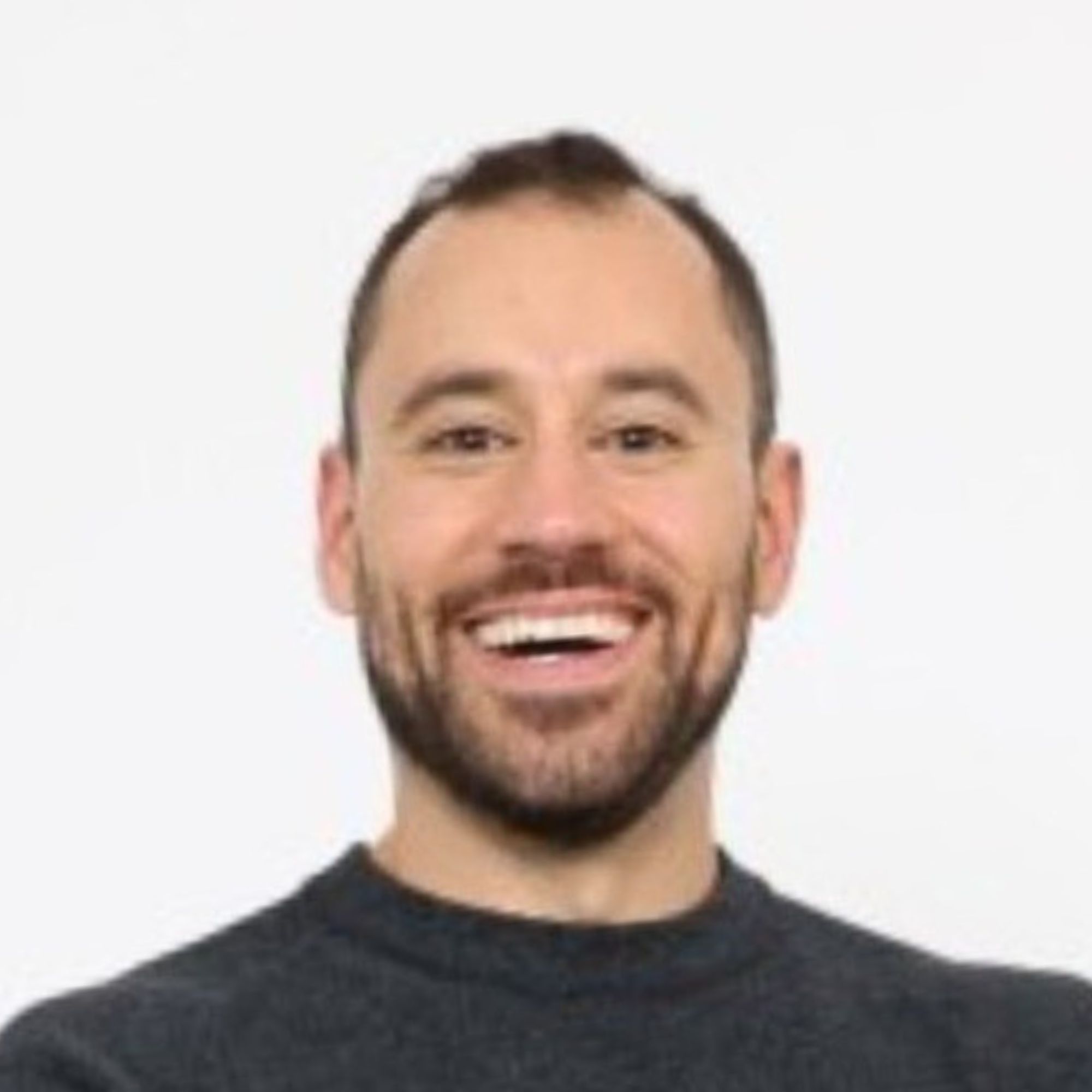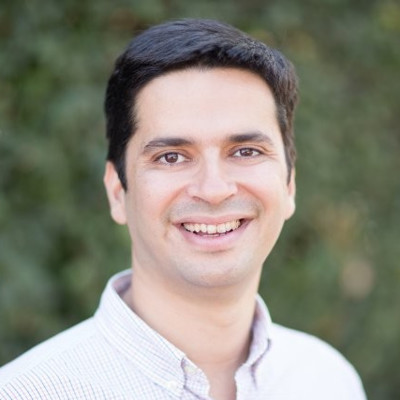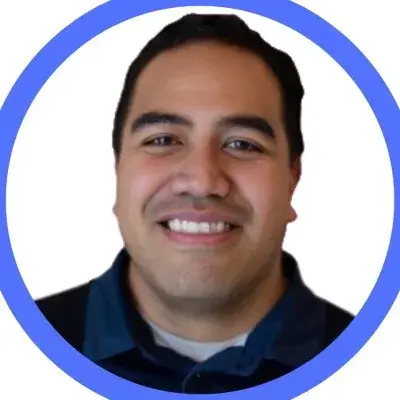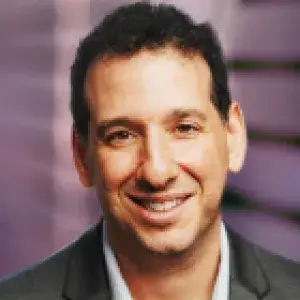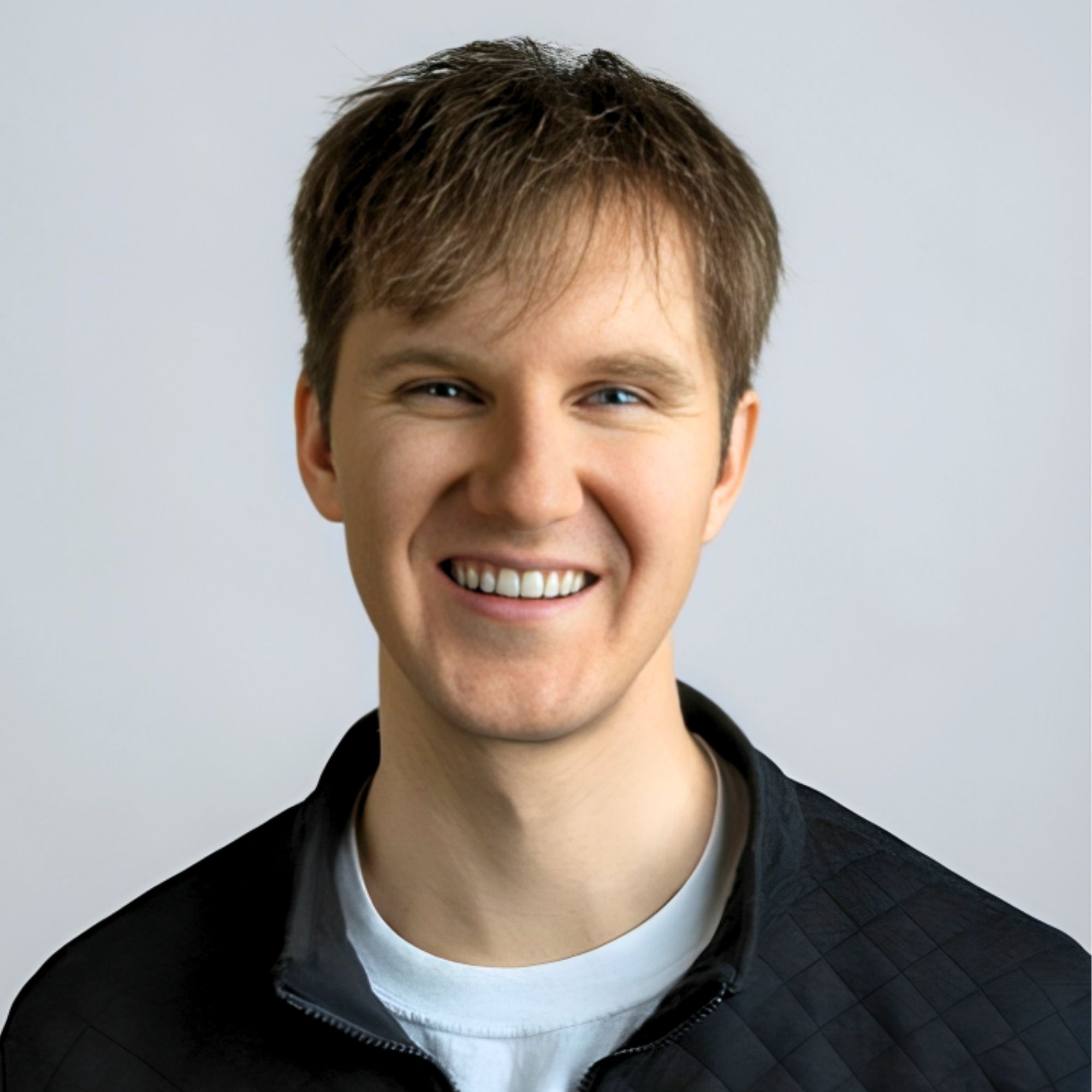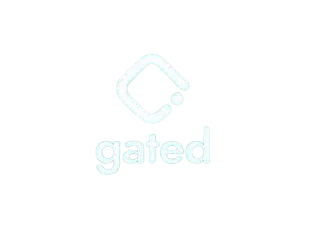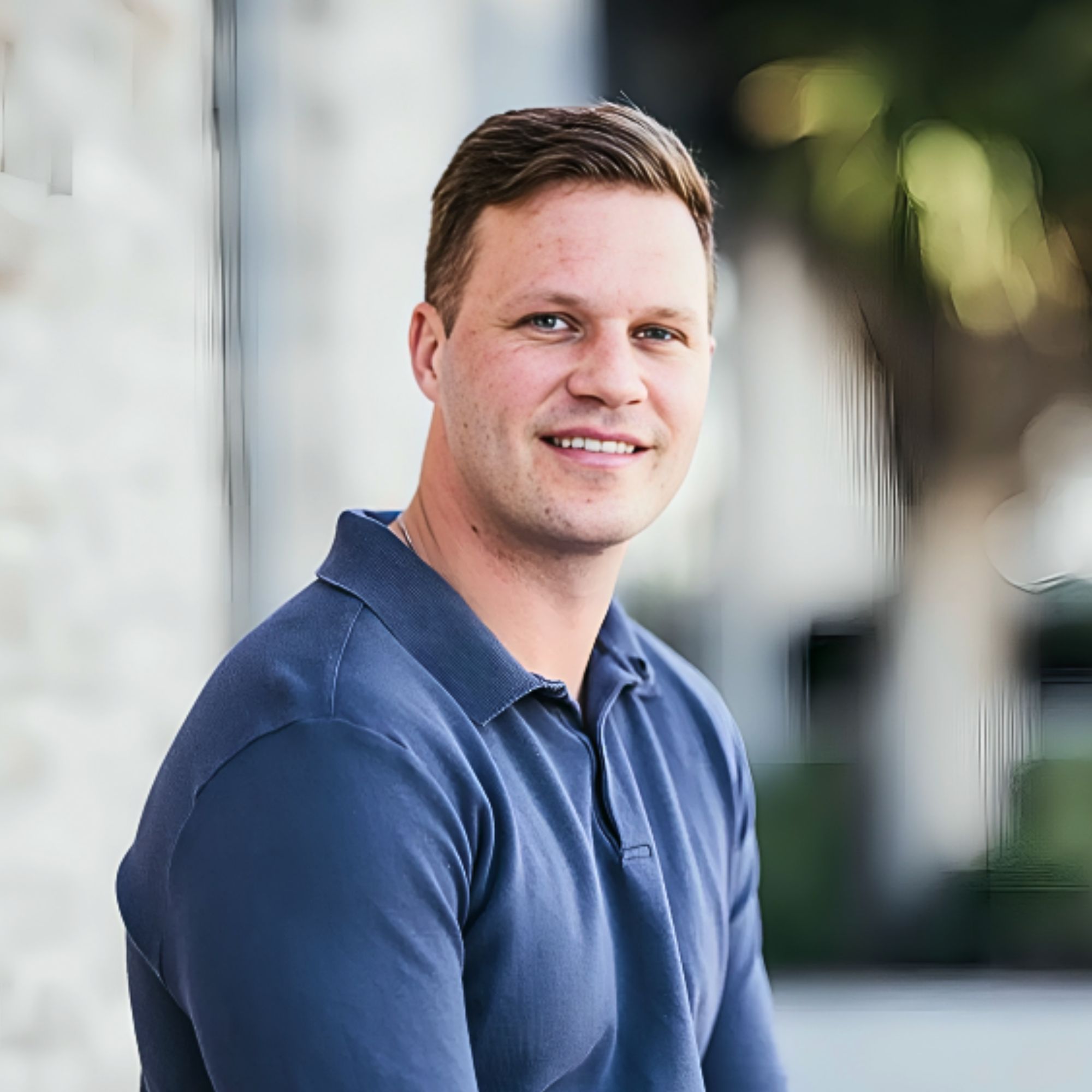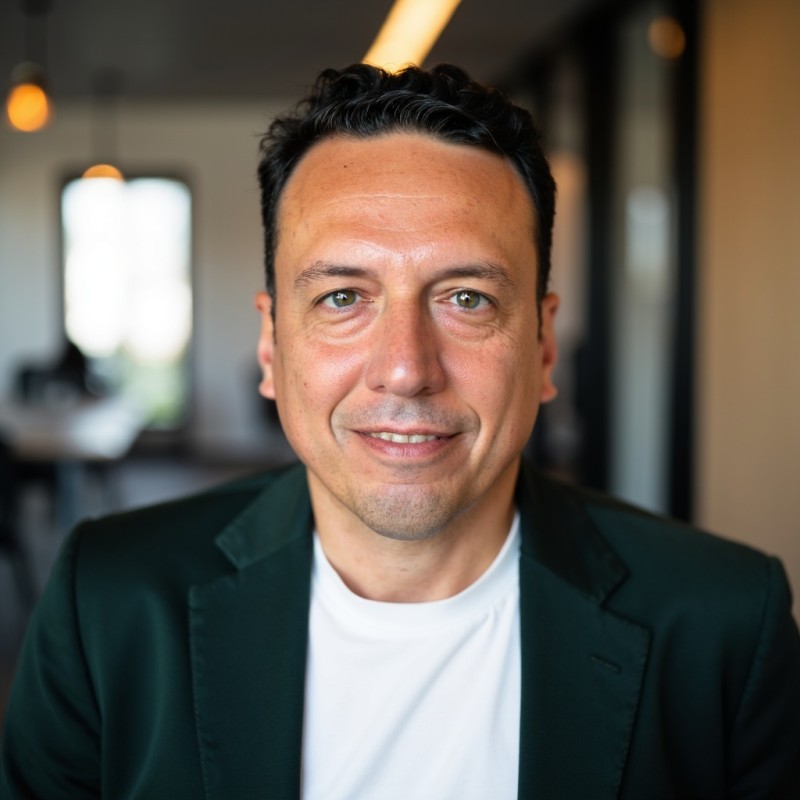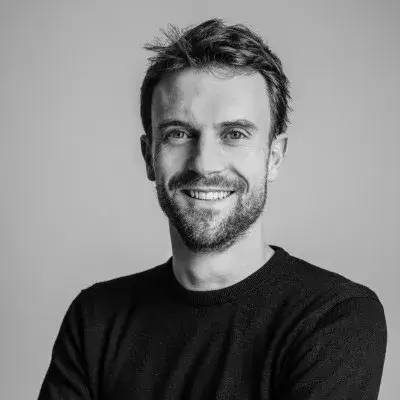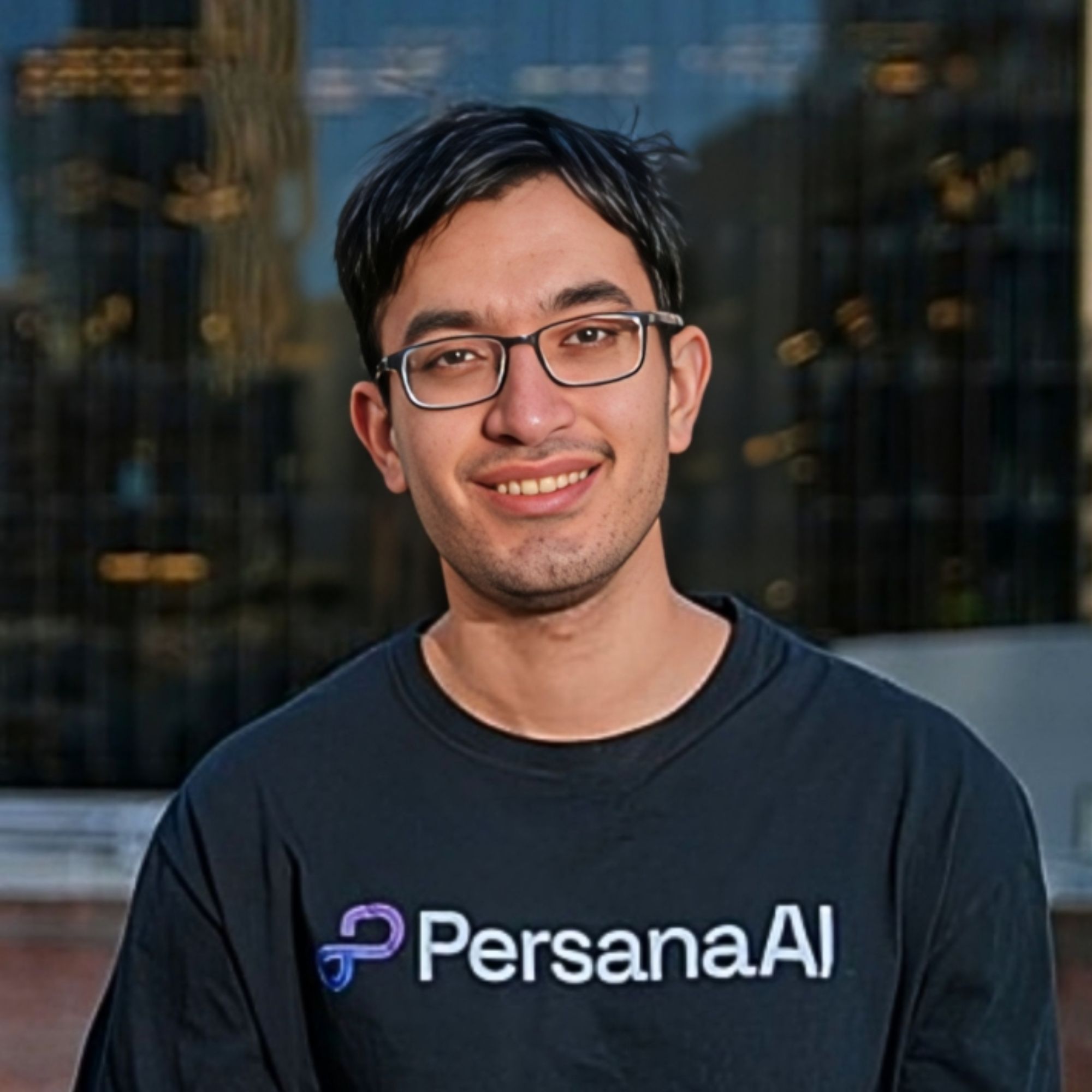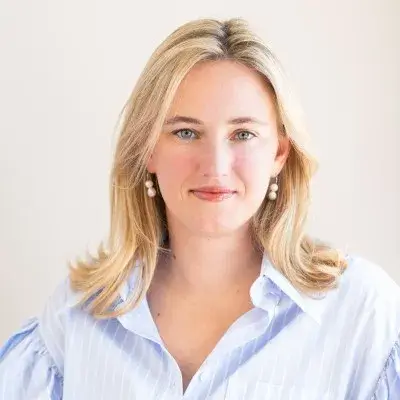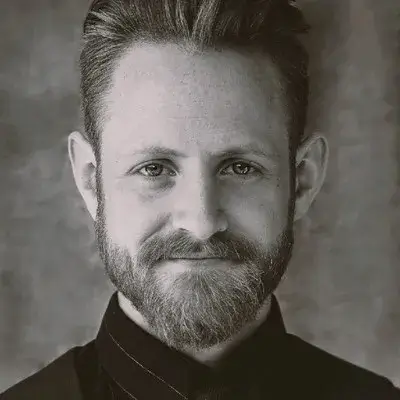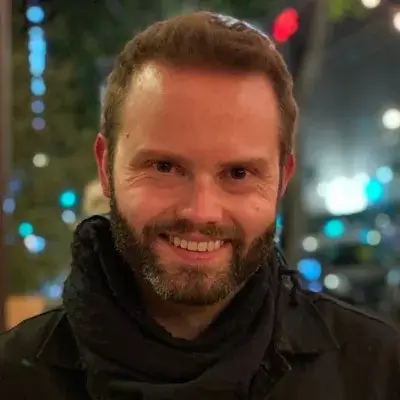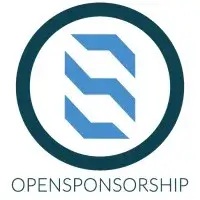Ready to build your own Founder-Led Growth engine? Book a Strategy Call
Frontlines.io | Where B2B Founders Talk GTM.
Strategic Communications Advisory For Visionary Founders
Actionable
Takeaways
Collapse software and services into outcome delivery:
Quid eliminated seat-based pricing and module sales, shifting from IT budget to labor budget by selling insights, trends, and actionable information directly. This repositioned the product from a tool requiring sophisticated data scientists to a team augmentation service protecting brand health and driving commerce decisions. The business model change fundamentally altered buyer, buying process, and deal economics. When your product requires customization or professional services to deliver value, you've identified a structural opportunity to collapse both layers.
Deploy the "fired and competing" thought exercise:
Anthony's mentor advised imagining your board fires you tomorrow and you immediately compete against your own company. List the three things you'd do on day one to win. Then ask why you're not doing those things now. This exercise cuts through organizational inertia and reveals the obvious strategic moves you're avoiding. The discomfort in your answers indicates where you need to act.
Match decision velocity to execution needs, not comfort:
Tom Brett at Menlo Ventures told Anthony to increase from 3-4 decisions weekly to 50. The forcing function prevents overthinking and eliminates "second guessing paralysis." Organizations need clarity and direction more than perfect decisions. Write down every decision, communicate it clearly, and publicly reverse course when wrong. This builds a culture where being decisive and correctable beats being slow and theoretically optimal.
Recognize when your hypothesis expires:
Quid's social listening thesis was correct initially, but markets evolved while the company didn't. The problem remained valid (understanding brand health, shopping trends, product innovation signals), but the SaaS tool-based solution became untenable as data complexity demanded sophisticated users, shrinking addressable market. Founders must distinguish between persistent customer problems and expired solution approaches. Your original hypothesis has an expiration date.
Identify the ox that gets gored:
Every deal requires customers to stop spending elsewhere. You must be 10x faster or one-tenth the cost to overcome status quo bias. Explicitly identify which vendor or budget line you're displacing, then validate your value proposition can actually displace it. Most startups fail this calculus and wonder why proof-of-concept success doesn't translate to procurement approval.
Start with blank canvas, fail backwards to SaaS:
When reimagining for AI, don't bolt features onto existing architecture. Begin with first principles about what customers actually want to accomplish, design that solution using current capabilities, then fall back to SaaS components only where necessary. Anthony warns that additive approaches preserve structural constraints that prevent you from capturing the full opportunity.
Conversation
Highlights
How Quid Collapsed the Software/Services Layer to Escape the Sophisticated User Trap
Fourteen months ago, Anthony Lye walked into Quid and stopped selling software.
In a recent episode of Category Visionaries, Anthony Lye, Chairman and CEO of Quid, explained how he’s dismantling a decade-old SaaS business to build something the industry doesn’t have a category for yet: an outcome-engineered insights service that competes on labor budget, not IT spend.
The transformation isn’t cosmetic. Quid eliminated seat-based pricing entirely. They stopped selling analytics modules. They hired forward-deployed engineers who code solutions directly for customers. The entire P&L now runs on delivering insights and trends rather than tool access.
This is the playbook Anthony learned at Palantir, applied to a stuck SaaS company. And the diagnosis he arrived at should concern every B2B founder selling sophisticated tools to expert users.
The Sophisticated User Trap
Quid’s founding hypothesis tracked correctly: social media would disintermediate brand-customer relationships, creating massive value in understanding what customers share globally. The company built analytics tools to surface those insights for brand health, commerce decisions, and product innovation.
But like dozens of social listening companies from that era, Quid never hit the exit multiples everyone projected. When Anthony joined, revenues had flattened. The company was debating evolution versus revolution.
Anthony saw the structural problem immediately. “The tools became difficult and complex,” he explained. “And because the tools became complex, so the user became sophisticated. And so we ended up selling sort of very sophisticated analytics tools to data scientists, which significantly diminishes the TAM, the SAM, and the SOM.”
Here’s the trap: as your dataset complexity increases, your tools must become more sophisticated to extract value. More sophisticated tools require more sophisticated users. More sophisticated users mean smaller addressable markets. You’ve optimized yourself into irrelevance.
The problem space remained strategically valuable. “Most shoppers buy on trend, not on type,” Anthony observed. “Product innovation isn’t sufficiently done through surveys and polls and focus groups.” The market needed what Quid offered. But the delivery mechanism—SaaS tools requiring data science expertise—had expired.
The Palantir Outcome Model
Anthony’s conviction about outcome-engineering came from Palantir, which he described as “the crazy place, but the most amazing place that I was fortunate enough to work.”
At Palantir, every conversation started with outcome. “Everything was an outcome and there was never a question in what we did,” Anthony said. “And I do believe today that Palantir success is really driven by its fundamental obsession with outcome.”
This obsession led Palantir to collapse the traditional software/services separation. They hired “forward deployed engineers”—Anthony called them “Deltas”—who were “capable engineers who would code the solution for the customer, giving the customer a protection of investment, a perpetual asset, and a level of confidence that those independent entities could never deliver.”
This model eliminates the three-party problem endemic to SaaS: software vendor sells licenses, systems integrator customizes implementation, customer gets stuck between two entities with misaligned incentives. Forward-deployed engineers align the entire value chain behind customer outcome.
“Palantir’s valuation, I think, is very much a demonstration of what outcome engineering is and what customers will pay for,” Anthony noted.
Reimagining Quid from Blank Canvas
Anthony didn’t try to bolt AI features onto Quid’s existing platform. He started with first principles: what do customers actually want?
“We don’t sell seats, we don’t sell modules,” Anthony stated. “We really sell insights, we sell trends, we sell actionable pieces of information that help people protect their brand, sell more product and build better strategies.”
The entire sale changed. “It’s changed us from being a sort of a IT technology sale to being a sort of a labor, a person, sort of a team augmentation sale,” he explained.
This isn’t semantic repositioning. The business model fundamentally changed:
- Revenue model shifted from seat licenses to outcome delivery
- Sales motion moved from IT budget to labor budget
- Competitive set changed from analytics platforms to consulting/agency alternatives
- Buyer changed from IT/data science to line-of-business executives
- Success metrics shifted from tool adoption to business impact
Quid now hires forward-deployed engineers who code solutions for specific customer outcomes. The company gets measured and compensated based on the insights delivered, not seats deployed.
Why SaaS Failed Knowledge Workers
Anthony’s critique extends beyond Quid to the entire SaaS model. He argues the approach fundamentally misunderstood knowledge work.
“Software’s sort of primary claim to fame was the automation of process,” he observed. This worked for process workers—people who move things through defined workflows. But knowledge workers operate differently.
“Knowledge workers, I would argue, are valued based more on their subjective thinking than their objective thinking,” Anthony said. “Objective thinking is true, false, yes, no, open, closed. We ask ourselves, what do you think? What does your gut tell you? What do you predict?”
SaaS products followed process work architecture: tabs, sub-tabs, workflows, status fields, prescribed paths. They optimized for objective decisions, not subjective judgment.
This is why email dominates the knowledge worker desktop despite billions invested in SaaS. “For all of the SaaS applications that have been built, and I’ve built a lot of them, I still find myself more productive in email,” Anthony admitted.
Email provides three things SaaS doesn’t: a blank canvas, ubiquitous connectivity, and active information delivery. “When I wake up in the morning and I log into my email, there are things in there that I maybe didn’t expect,” Anthony noted. “When I log into my CRM or my ERP, it looks exactly like it did when I left it. It’s passive for me.”
AI tools are succeeding for similar reasons. “Its presentation, I think is so well done. It’s a box and there’s nothing else around it. And it doesn’t really sort of try and control you or dictate things to you.”
The Software/Services Collapse
Anthony predicts the traditional separation between software companies and service companies will collapse under AI pressure.
“The software layer and the service layer is going to collapse and there will be an outcome company that comes in and challenges both of those independent layers by delivering a solution to a customer in the format under the contract that makes the most sense to them,” he explained.
He pointed to Salesforce as the pinnacle of the old model’s limitations. “For all of the effort in deciding on Salesforce’s responsibility is really to give you an admin URL and a password, which isn’t a usable sort of outcome oriented system. And so you have to rely on a third party, a service organization who comes in and customizes that environment.”
The separation creates two problems: “I don’t think that customization is ever a good thing and I don’t think the separation of service and software is a good thing.”
Forward-deployed engineers solve both. They deliver working solutions, not customization projects. They work for the software vendor, eliminating misaligned incentives.
The Fired Tomorrow Exercise
For founders paralyzed by this analysis, Anthony shared a mental model from a mentor: “Assume that tomorrow your board comes in and fires you and you say, I’m very upset by that decision, I hate you guys and I’m going to compete with you. What are the three things that you would do that very first day to compete with the company that you ran the day before?”
Then ask: “Why are you not doing those things now if they’re so obvious to you under that condition?”
The exercise cuts through organizational inertia. The answers reveal strategic blind spots you’re avoiding because they’re uncomfortable, expensive, or politically difficult.
Larry Ellison at Oracle deliberately fostered this dynamic. “He would put different departments in competition with one another,” Anthony recalled. “If he had an RFP and he was in the RFP with on premise and he was in the RFP with cloud, well, he would get two goes at winning the deal.”
Oracle invested in both Salesforce and NetSuite while running its own database business. “I think he did so very deliberately believing, I think, that the world had the possibility to change and that change would, again, broaden the market opportunity.”
Start with Blank Canvas, Fail Backwards
Anthony’s process prescription for AI transformation: “Start with a blank canvas and then fail backwards to SaaS. Don’t start with SaaS and amend. I don’t think you’re going to get the best outcome that you can that way.”
This requires stepping back from your entire history. Design the optimal solution using current technology capabilities and market conditions. Only fall back to SaaS components where the outcome-based model doesn’t work.
“You have to sort of reimagine what the world would look like under the sort of the aspects and the conditions and the ideas that AI propagates,” Anthony explained.
Most founders will try to add AI features to existing products. Anthony argues this preserves the structural constraints that are killing your business.
Make 50 Decisions Per Week
Beyond business model transformation, Anthony shared operational advice about decision velocity. Early in his first CEO role at age 29, Tom Brett at Menlo Ventures asked how many decisions he made weekly. Anthony estimated three or four.
“He was like, next week make 50.”
Anthony protested that he couldn’t properly evaluate 50 decisions. “He was like, exactly. He’s like, your overthinking is limiting the execution of the company. That what people want is clarity. They don’t necessarily want you to be right, they want you to be decisive.”
The practice: “Write down every decision that you make, and if they’re wrong, make a different one next week. But people will leave meetings with you knowing that there is an action. Right, wrong or indifferent. There is an action and a direction.”
Larry Ellison enforced this at Oracle. “At the end of the meeting, he’d say, Anthony, do you have any open questions? Is there anything that you don’t understand from this meeting? And I would say, I’m not sure about this. He’d be like, no, well, I’m not sure about this. Yes. And I’d be like, I don’t think it’s yes. And he’d be like, it’s yes now. And the next time I see you, we can discuss it. But now it’s yes.”
When Hypotheses Expire
The most critical lesson from Quid’s transformation: distinguishing between persistent problems and expired solution approaches.
“There are times when markets outpace hypotheses,” Anthony explained. “And so you may have been right at a certain moment in time, but right isn’t something that’s guaranteed.”
Quid’s problem space remained valid. Companies still need to understand brand health, shopping trends, and product innovation signals. But the SaaS tool approach couldn’t evolve with market conditions.
Anthony references discontinuity theory from Carnegie Mellon: “Markets are never made, they’re just disrupted. What happens is a discontinuity appears. And there’s only four kinds of discontinuity: regulatory, standards, alternative routes to market and technology.”
When discontinuities emerge, oligopolies resist. “They sort of deny the change, and they sort of feel comfortable about putting that change in a little bucket in a small part of their market and they avoid it. And that lets the sort of the startup find their feet, gain market share, and oftentimes it’s too late for the oligopoly to actually recover.”
Anthony watched this pattern play out at Siebel Systems when Salesforce emerged. “Siebel wanted to put Salesforce at the bottom of the pyramid. Small businesses will buy SaaS, big companies will buy on-premise. It was a very good and sort of comfortable decision, but it was the wrong decision.”
The same pattern repeated with cloud infrastructure. “CIOs were like, well, I already have a data center, so I don’t need Amazon. I already have servers that I capitalize. I don’t want to buy them on demand.”
AI represents another discontinuity. Most SaaS companies will make the same mistake: treating it as a feature to add rather than a transformation requiring complete reimagination.
After three decades watching Silicon Valley’s oligopolies turn over every five years—from Sun, HP, IBM, and DEC to Oracle, Informix, and Sybase to Yahoo and Excite@Home—Anthony has pattern-matched disruption cycles.
The companies that survive don’t evolve. They reimagine from first principles while their competitors optimize features.



